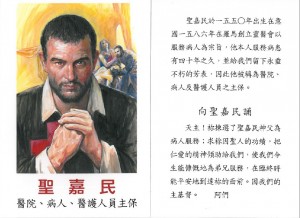 During the long hours in the aeroplane, as during the long waits at the gate of the airport for a second aeroplane to take you home, it is possible to reduce your sense of boredom by filling in your time with reading, sleeping or anyway an attempt to close your eyes, or trying to decant your emotions and refine your thoughts about what has been left behind, arranging your spirit so as to manage the anxiety about what is waiting for you back in your homeland!
During the long hours in the aeroplane, as during the long waits at the gate of the airport for a second aeroplane to take you home, it is possible to reduce your sense of boredom by filling in your time with reading, sleeping or anyway an attempt to close your eyes, or trying to decant your emotions and refine your thoughts about what has been left behind, arranging your spirit so as to manage the anxiety about what is waiting for you back in your homeland!
I spent nine days in Taiwan together our religious brothers of the community of Loudong (on the plain of Hilan): these were special days because they were paschal days, enriched by the liturgical and spiritual intensity of the holy triduum and the joy of the Resurrection of the Lord, followed by the offer of a short spiritual pathway for the Italian-speaking religious on the subject of consecrated life.
These were special days because they were lived for the first time in a land of a ‘mythical’ character for Camillians because the Island of Formosa can be seen as the most far-flung outpost before the great continent of China which we have tried to storm ever since the beginning of our missionary odyssey, offering our service and care and treatment to the sick.
I still have clear in mu memory the astonishment that I already felt on the evening of my arrival – Easter Thursday Friday – during the celebration of the Holy Mass in Coena Domini in the small mountain community of Hanshi and then corroborated on Good Friday with the liturgy of the Passion in the small community of Lunpei and confirmed with the Easter Vigil which was celebrated in the new church dedicated to St. Camillus with the presence of elderly guests and young people with psycho-physical handicaps, helped by a large group of volunteers.
I had foreseen that I would have taken part, practically as a spectator given the rather impenetrable character of Chinese, in simple liturgies in some small Christian communities of Aborigines in the mountains. These small villages were introduced to the Catholic faith by the ceaseless evangelising enthusiasm of Fr. Ernesto Valdesolo and supported and strengthened by the zeal of the Camillian religious brothers who came after him, and so on to today.
I certainly did not find the solemnity of the celebrations typical of Western Catholicism – a solemnity dictated more by the majestic architecture of our ancient churches than by the fervour of those modern men and women who gather together within them. In Hanshi, in Lunpei and in Lotung, in contrary fashion, the architecture, not to speak of the improbable mixture of colours or lights, to the rather refined eyes of a Western priest, leave much to be desired, but I encountered all the freshness of men, women and children – who had even come from far away, at times as they could manage it – who prepared with responsible maturity and with competence beforehand the introductory monitions, the bread on the altar and water in basins for the washing of feet; the draped cross and songs to be shared in the congregation with a well balanced rhythm during the various liturgical moments thanks to the skill of a young father of a family who with his shirt masterfully the movements and the words of the congregation. The new fire, the newly made wax, the songs in a sort of renewed Pentecostal speaking in tongues (Chinese, English, Vietnamese…), the gifts brought to the altar by well-dressed young couples in their ‘party’ clothes…and above all I was struck by the joy – after the celebrations had finished – not of everyone fleeing back to their own homes but of staying to drink some tea – or something else which I could not well identify – but anyway together!
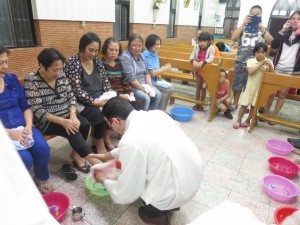 And we call these people ‘Aborigines’ – a word which for us tends to refer to people who are somewhat ‘isolated, primitive’, not well introduced into our shared civil, social and…religious conventions. Well! From now on, I will have to review the semantics of this word given that the privilege of having been able to wash their feet compels me to drastically correct the Italian dictionary as to ‘elegance, affability, welcome, serenity, respect…’
And we call these people ‘Aborigines’ – a word which for us tends to refer to people who are somewhat ‘isolated, primitive’, not well introduced into our shared civil, social and…religious conventions. Well! From now on, I will have to review the semantics of this word given that the privilege of having been able to wash their feet compels me to drastically correct the Italian dictionary as to ‘elegance, affability, welcome, serenity, respect…’
At the end of the evening celebrations, after some tens of kilometres, the car was parked in the large square in front of the imposing St. Mary’s Hospital, which through its composite structure narrates to the inexperienced guest another interesting chapter in the history and life of the Camillian Order.
When the Maoist revolutionaries expelled them from continental China, the Camillian missionaries did not give up and went to look for new beaches. Thus it was that they reached Taiwan where for over half a century they have engaged in their apostolate amongst the sick and the elderly.
In 1952 the Camillian missionaries were expelled for ever from their Chinese mission of Yunnan. In this way, with an apparent defeat, was ended the ‘legendary odyssey of the pioneers’. Fatigued but not tired, they began their adventure in Taiwan with the same enthusiasm. The health-care system outside the few great urban centres was inadequate with the number of medical doctors and nursing staff insufficient. In this context the Camillians settled in Lotung, in the county of Ilan in the north-east of the island, and the very poor Pescadores Islands.
At Lotung their charitable activity began in an already existing little hospital made out of wood which had twelve beds. This hospital with time became the complex that it is today, with hundreds of beds and thousands of consultations every day. The first operation was on 17 July 1952 – this was the first of a long series of operations (about 100,000) carried out in over thirty-eight years of work by Dr. Janez who died in 1990. And they continue today with the help of sophisticated health-care and therapeutic technology which only made in Taiwan can offer and with the professional skills of a myriad of professionals who in the early morning go into the most varied departments and wards.
Watching over this imposing health-care institution, with all the character of an ancient historic memorial, is the old chapel of the community. It is done in the Chinese style, with dragon-dogs on the cornice, suspended in mid-air between the cross at the top and the people below who speedily run beside the little church going toward their places of work and care.
And then what should one say about the centre for the elderly, and for children and young people with handicaps, organised according to the philosophy of a home, with the totally Camillian ambition of caring for these people in a holistic way, promoting them in their dignity and offering them not an industrial, but a familial, area of care and treatment? And from this small citadel of welcome one’s gaze a little way ahead is obliged to stop and admire the campus of the nursing school: about 4,000 students study in a practical way with a scientific approach to draw near to the sick and to suffering. ‘Proclaim the Gospel…heal the sick’ and teach others to do this as well!
This is the aspect that most strikes one and compels one to engage in a serene but serious reflection: the promotion of Camillian vocations which began with enthusiasm in 1956 did not with the passing of time produce the results that were hoped for. The mission lost a large part of its religious personnel without being able to replace them in an ongoing way over time. We can list them, putting in brackets the year when they died. The list begins with the medical doctor and surgeon Father Aldo Antonelli (1967). Then there were Br. Casagrande (1971), Br. Pavan (1984) and Br. Caon (1984). In 1987 the death took place of Father Antonio Crotti, the founder of the Camillian mission in China and the apostle of the Pescadores Islands for eighteen years. In 1990 the medical doctor Father Janez went to the house of the Father. He was followed by Father Dalla Ricca (1993), Father Melato (1995), Father Valdesolo (1995), Father Vicentini (1997), and Father Camillo Chang (2002).
History is certainly made up of men but above all it is made up of the presence in their hearts of the Lord Jesus. It is important to emphasise that although the presence of Camillian religious has diminished, the ardour of the first missionaries, their sense of dedication, and their love and compassion for the sick remains unchanged.



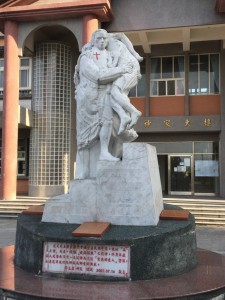






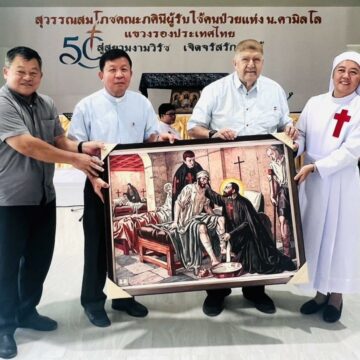
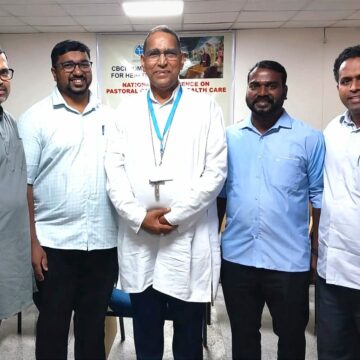
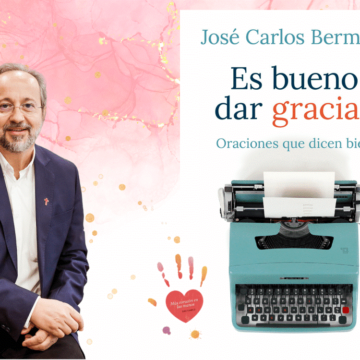

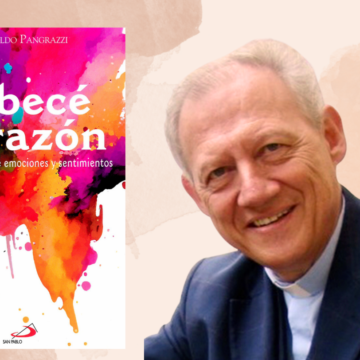
Camillians on Facebook
Camillians on Twitter
Camillians on Instagram